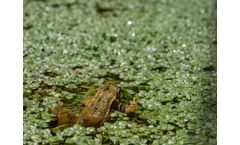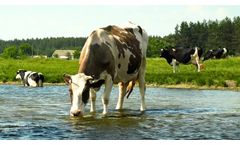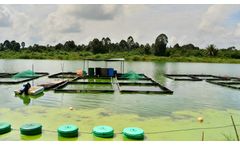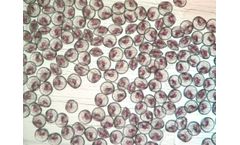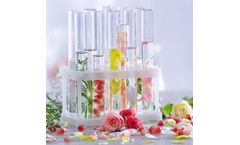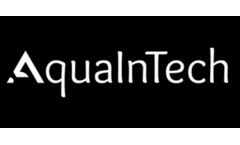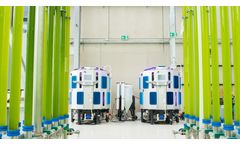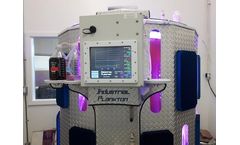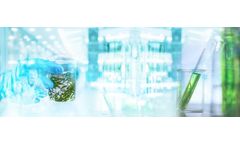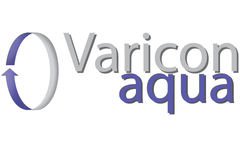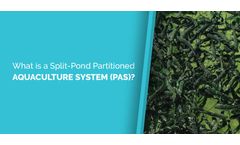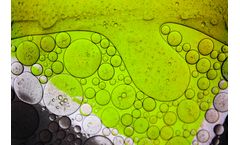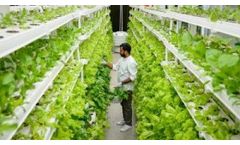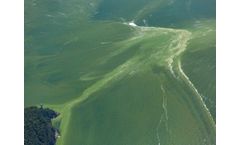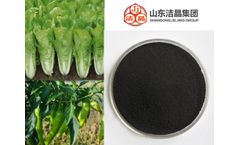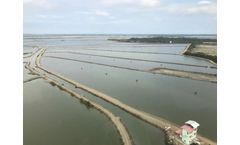Growing Algae Articles & Analysis
59 articles found
How Algae Produce Oxygen Algae, like land plants, contain chloroplasts with chlorophyll pigments that absorb sunlight. Chloroplasts are found within plant cells and algal cells, and are responsible for photosynthesis. Algae, like green plants, use chlorophyll to capture sunlight and produce oxygen. During daylight hours, these microorganisms transform carbon dioxide and water into glucose for ...
These can severely degrade water quality. Hence, achieving algae-free waterbodies is a necessity. Harmful algal blooms (HABs) occur when algae colonies grow uncontrollably in fresh water sources. ...
In the ever-evolving landscape of the food industry, challenges come in many forms. One of the most insidious threats to food production and quality is the proliferation of algae. Often overlooked or underestimated, algae can quietly exert harmful and damaging effects over time. This gradual contamination of water sources can lead to a cascade of issues throughout the food supply chain, ...
Peels such as orange, lemon and lime impart fruit-like aromas. Lichens (fungi and algae growing together), such as oak and tree moss, transmit aromas of bark, seashore and foliage. ...
Have you ever wondered about the handling time per trillion of cells produced and energy efficiency of Industrial Plankton PBRs? We are fortunate one of our clients, Nova Harvest, shared their data with us that was part of a bigger project they were involved with. In this document, Unlocking Efficient Algae Production, be sure to check out the tables on page 3 and 4 of the attachment. They ...
Peels such as orange, lemon and lime impart fruit-like aromas. Lichens (fungi and algae growing together), such as oak and tree moss, transmit aromas of bark, seashore and foliage. ...
Algae (photosynthetic organisms) can be found in almost any aquatic environment, such as ponds on golf courses. Depending on the type and level of growth, golf course pond algae can be beneficial and challenging. Therefore, here are some critical points about golf course pond ...
Similar experiments have been carried out in production ponds demonstrating that this approach can impact the presence of potential pathogens in grow-out ponds. The reduction of potential pathogens is a valuable tool and an important step in minimizing the impact of animal health challenges on production. ...
The Drive Towards Scalable and Efficient Algae Production Producing algae as a commodity for feed, pharmaceuticals, nutraceuticals, carotenoids, and pigments calls for expansive setups. ...
Have you ever come across a beautiful reddish (and pink in my opinion) coloured algae? That algae may have been rhodomoas, one of our favourites! Why use Rhodomonas for feeding oysters and other aquatic animals? ...
As algae-based research rises in prominence for its potential in renewable energy production and climate change mitigation, the need for high-precision analytical equipment is paramount. Hiden Analytical is excited to announce that the Hiden HPR-40 DSA (Dissolved Species Analyzer) is proving to be a perfect research tool in the rapidly evolving algae research landscape. The HPR-40 DSA is ...
Varicon Aqua’s latest project is up and running in Hong Kong, with the installation led in person by our Managing Director, Joe McDonald. The client, Geb Impact Technology Company Limited, will be using two of our reactor systems, the Phyco-Lift and the Phyco-Pyxis, the latest in our range of innovative products. Geb Impact and Varicon Aqua have enjoyed a long professional relationship, ...
We are delighted to have completed our latest 12,000 L Phyco-Flow photobioreactor installation for Algaecytes UK. This Phyco-Flow is the most recent example of our multi photo-stage photobioreactor, designed specifically for industrial scale production of microalgae. The system incorporates full process control, with data acquisition and remote access alongside integration of upstream and ...
We are delighted to announce the recent completion of two Phyco-Flow systems for the Blue Lagoon in Iceland. This development is the latest stage in a relationship dating back to 2004 when a BioFence system was installed to support work being undertaken within their R&D ...
What is a Split-Pond Partitioned Aquaculture System (PAS)? According to the Southern Regional Aquaculture Center, “The Partitioned Aquaculture System (PAS) developed at Clemson University combines the process control advantage of recirculating aquaculture with the lower cost of pond aquaculture.” Since then, scientists at Mississippi State University have begun to modify the original ...
ByAquasend
What is Algae? Algae are simple, flowerless aquatic organisms that are diverse and widespread throughout the planet and play an important role in the aquatic food chain. ...
Ozone in vertical farming is an excellent organic fungicide and biocide. In addition to its high efficiency and the advantages of not leaving chemical residues on the leaves. When ozone is dissolved in water favors root growth and increases dissolved oxygen in plants. About 90% of the water used worldwide is for agriculture. Ozone helps reduce the amount of water and helps inactivate viruses ...
Some harmful algal blooms (HABs) release toxins, causing illnesses in people, animals, and damaging the environment; New research links an algal toxin to neurological problems; People with liver disease are more prone to suffering from neurological problems caused by the blooms; HABs are more frequent and abundant. Learning which types are harmful and how to avoid contact with them is ...
In recent years, the damage caused by the blind and excessive application of chemical fertilizers and pesticides has become more and more serious. To develop ecological agriculture, we must vigorously promote the use of biological fertilizers and pesticides. The abundant marine biological resources are a material treasure house for the development of ecological agriculture. Seaweed extracts is ...
Aquaculture is growing at a greater rate globally than any other agribusiness sector. It is widely predicted that with 6 to 8% annual growth rate continuing well into the foreseeable future, aquaculture will offer good investment opportunities. However, just like any other endeavor, there are some very good reasons why what some see as a pot of gold at the end of the rainbow is empty and full of ...

